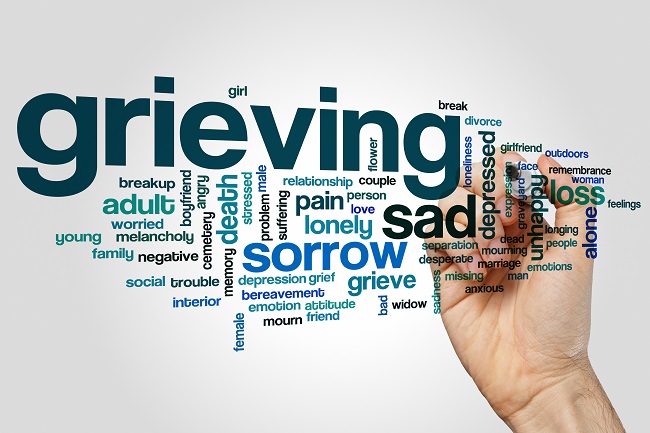Grief: Navigating Life after Loss
When a person dies, life changes for all who knew them, or of them. Schools, churches, and communities are all impacted deeply when one of their own dies. Grief is a topic that many have knowledge on, but cannot fully grasp until walking through it. With honesty and openness, surviving personal loss is possible. Denying the existence or necessity of the grieving process will help no one.

Though there are 5 stages of grief, it is important to understand that there is no cookie cutter mold or formula for how each individual will experience grief. Grieving any loss (even of the same individual) looks differently for all who knew them. People may grieve in stages, but those stages do not always go in order.
Grief takes time. There is no set rule on how long each stage of grief should last, and that answer will differ from person to person. The most vital tidbit of information to remind any grieving person is that it is okay to not always be okay. There is strength in community. Being honest, and connecting with help is not only a good idea; it is vital to survival. Hiding or burying the pain or deep emotions associated with grief is detrimental to the healing process. Each individual needs to feel what they are feeling, and not be rushed through the grieving process.
Many grieving families and communities seek normalcy after death. The painful realization comes when they must accept that life will never be able to go back to the way life was before the loss. Many will come to know their own “new normal” and will navigate that path with whatever grace they can muster. Though difficult, grieving is a process wherein life can continue after loss.
We look forward to serving you. Please feel free to contact us.
